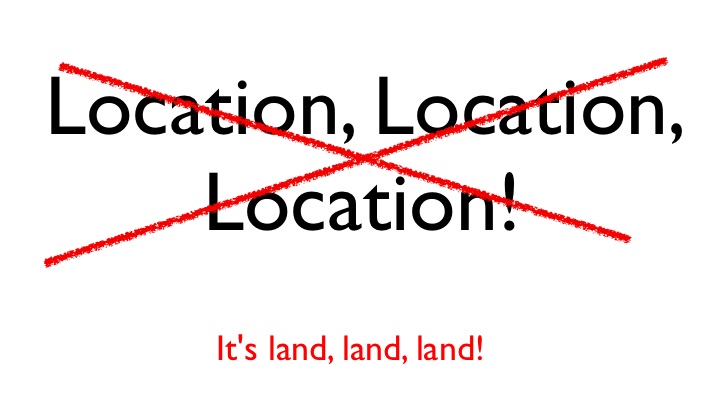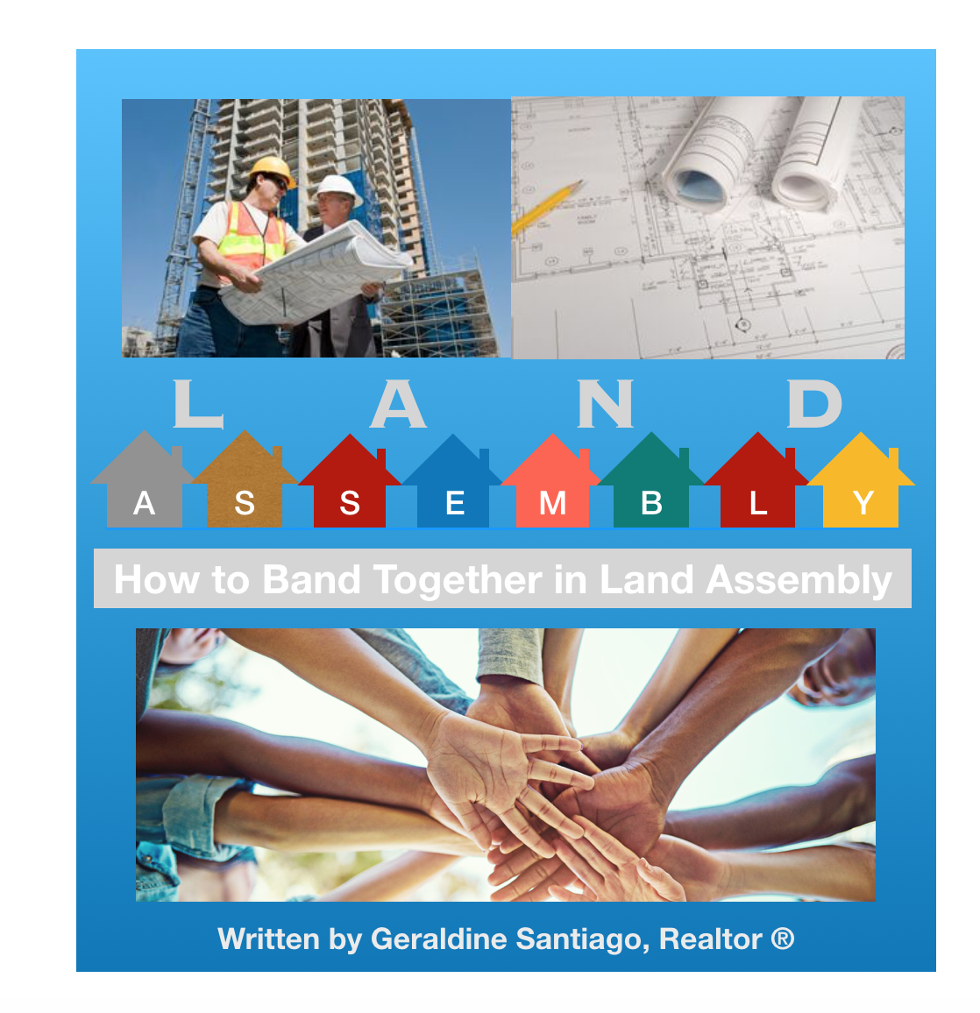
It used to be that location dictated your property's value. This is not so true anymore. Now, its your lot size and zoning that matters when evaluating your home. Want to maximize its potential? Look to zoning and whether you can have a secondary suite on your property. Want to speak to experts in the field? Attend one of our seminars on "Subdivide and Conquer" posted on Eventbrite.ca for upcoming dates and locations in your area.
Zoning district descriptions
The City of Vancouver is divided into many zoning districts. Each zoning district has a section in the Zoning and Development Bylaw which describes the details of development in that district. (If a zoning district applies to just one specific area of the city, that area is named in brackets.)
The goals or intentions of development in each district are summarized below. For more details on a district, check the Zoning and Development Bylaw and any official development plan bylaws that may apply to that area.
Outright & conditional land use
In each district, land use is categorized as either "outright" or "conditional."
Outright land uses are those that are permitted, provided that all the regulations and provisions of the Zoning and Development Bylaw and the Parking Bylaw are met.
Conditional land uses are those that have some impact in the community, but may be permitted under a development application, typically with conditions, after considering the:
- Intent and regulations of the zoning district schedule.
- Applicable policies and guidelines approved by Council.
- Recommendations of any advisory group for the area.
- Responses of adjacent property owners and residents who may be been notified of the development application.
Uses that are not listed may still be considered, if they are deemed to be comparable in nature to a use listed in the applicable District Schedule. Also, some regulations may be varied or relaxed, usually within certain limits. Relaxations and permitted increases (for example, height and floor space ratio) are considered in the case of site hardship, peculiarity of a development or as an incentive to achieve social and community objectives.
Conditions of use and the extent to which a regulation may be relaxed are usually stated in the bylaws and are decided by the Development Permit Board, the Director of Planning, or designated staff.
Zoning & development related links
Zoning & Development Bylaw
Regulates the development of property in Vancouver by encouraging land use and building in accordance with community goals and visions for the future of Vancouver and its neighbourhoods.
Zoning Bylaw administrative bulletins
Zoning Bylaw administrative bulletins
Land use and development policies and guidelines
Read the City of Vancouver's land use and development policies, which help shape the city and make our communities more liveable.
RS-One Family Districts
RS-1
Maintain the single-family residential character of the RS-1 District, but also to permit conditionally one-family dwellings with secondary suites.
The intent of this Schedule is generally to:
- Maintain the single-family residential character of the District.
- Allow one-family dwellings with secondary suites, under certain circumstances.
- Preserve outdoor spaces and views.
- Enhance neighbourhood features through the maintenance of healthy trees and planting which reflects the established streetscape.
RS-1A
RS-1A One-Family Dwelling District
The intent of this District Schedule is to:
- Maintain the single-family residential character of the District.
- Allow one secondary suite or additional dwelling unit in a single-family residence, under certain circumstances.
RS-1B
RS-1B One-Family Dwelling District (Riverside)
The intent of this District Schedule is to:
- Maintain the single-family residential character of the District.
- Allow a second one-family dwelling on some sites, under certain circumstances.
RS-2 One-Family Dwelling District
The intent of this District Schedule is to:
- Maintain the single-family residential character of the District.
- Allow large homes to be converted to multiple-family dwellings, under certain circumstances.
- Allow two-family and multiple-family dwellings, under certain circumstances.
RS-3 & RS-3A One-Family Dwelling Districts
The intent of the District Schedule is to:
- Maintain the single-family residential character of the District
- Encourage new development that is similar in character to existing development in this District
- Preserve outdoor space and views
- Maintain healthy trees and plants that reflect the established street-scape
- Allow higher density in the RS-3 District than the RS-3A
RS-4 One-Family Dwelling District (Turner-Ferndale)
The intent of the District Schedule is to:
- Maintain the single-family residential character of the District.
- Allow large homes to be converted to mulitple-family dwellings, under certain circumstances.
- Allow two-family dwellings, under certain circumstances.
- Allow retention of an existing resiential building where creation of a new lot could otherwise be approved.
RS-5
Maintain the single-family residential character of the RS-5 District, but also to permit conditionally one-family dwellings with secondary suites.
The intent of this Schedule is generally to
- Maintain the existing single-family residential character of the RS-5 District.
- Encourage new development that is compatible with the form and design of existing development.
- Encourage the retention and renovation of existing development.
- Permit conditionally one-family dwellings with secondary suites.
- Emphasize design compatibility with the established streetscape.
- Enhance neighbourhood features through the maintenance and addition of healthy trees and plants.
RS-6 One-Family Dwelling District
The intent of the District Schedule is to:
- Maintain the single-family residential character.
- Allow design diversity in new development.
- Encourage retention of existing housing stock.
RS-7 One-Family Dwelling District
The intent of the District Schedule is to:
- Maintain the single-family residential character of the District.
- Allow two-family dwellings and multiple conversion dwellings on smaller lots, under certain circumstances.
- Allow multiple-family dwellings and infill dwellings on larger lots.
- Enhance neighbourhood features through external design regulations.
C Commercial Districts
C-1
Allows small-scale convenience commercial establishment and dwelling uses that are compatible with commercial uses.
C-2
Allows a wide range of goods and services, maintains commercial activities and personal services, and allows dwelling uses designed to be compatible with commercial uses.
C-2B
Allows a wide range of goods and services, maintains commercial activities and personal services, and encourages good design and proper use of the land.
C-2C
Allows a wide range of goods and services, maintains commercial activities and personal services, and creates a pedestrian-oriented district shopping area.
C-2C1
The intent of the District Schedule is to allow a wide range of goods and services, maintain commercial activities and personal services, and create a district shopping area.
C-3A
Allows a wide range of goods and services, maintains commercial activities and some light manufacturing, preserves the character of the District, and allows dwelling uses that are compatible with commercial uses.
C-5 & C-6
Allows retail and services that are compatible with the residential character of the West End, allows dwelling units designed compatibly with commercial uses, and allows great density in C-6 to provide a transition between Downtown and the West End.
C-7 & C-8
Encourages a transition into a mixed-use community, respects the needs of existing development, and in C-8, encourages pedestrian-oriented retail uses at grade.
FC-1
Encourages the development of a high density neighbourhood which has mixed commercial, residential, and industrial uses.
RA-1 Limited Agriculture District
Home, Property, and Development
- Waste disposal and recycling
- Property tax and utilities
- Building and renovating
- Urban planning, zoning, and development
- Urban planning
- Sustainable zoning
- Rezoning applications
- Development applications
- Sustainable development guidelines
- Land use and development policies and guidelines
- Subdividing, strata, addressing and street changes
- Advisory groups and citizen involvement
- Home safety
- Animals, trees, and gardens
- Property use, noise, and graffiti
- Water, sewer, and energy
RT Two-Family Dwelling Districts
RM Multiple Dwelling Districts
M Industrial Districts
HA Historic Area Districts
Intent of the zoning schedules
HA-1 and HA-1A - Chinatown
The intent of this Schedule is to encourage the preservation and rehabilitation of the significant early buildings of Chinatown, while recognizing that the evolving activities that make this district an asset to the city need to be accommodated contextually. The Schedule may permit a range of uses provided that reasonable, but not rigorous, concerns for compatibility are met.
To achieve this intent, this Schedule provides the basic development controls that regulate land uses and building form. There are two Districts: HA-1 corresponds to the boundaries of the protected heritage properties; HA-1A is the remainder of Chinatown. There are also two sets of related design guidelines. The guidelines are important for achieving an appropriate level of design sensitivity.
HA-2 - Gastown
This District Schedule is designed to recognize the area’s special status and to ensure the maintenance of Gastown’s “turn of the century” historical and architectural character.
HA-3 - Yaletown
The intent of this Schedule is to encourage the conversion and renovation of existing warehouse buildings and the construction of compatible new buildings, to produce a more contemporary mix of commercial, industrial and residential uses, and to introduce more activity-oriented uses into this area. Emphasis is placed on requiring the external design of buildings to follow the proportions, rhythm and details of the predominant circa l900 architectural features, whether renovating or constructing a new building.
How we plan liveable and sustainable neighbourhoods

The City of Vancouver uses community plans to provide clear but flexible frameworks to guide positive change and development in neighbourhoods over a period of approximately 20-30 years.
Each plan considers long-range and shorter-term goals, and work within broader objectives established for the entire city and at regional and provincial levels.
A community plan also recognizes the parts of the community valued by its citizens, and addresses the specific issues and initiatives of each area.
Community plans are policy documents that provide guidance and direction on a variety of topics, from land use and urban design, to housing, transportation, and community facilities.
Related projects
- Downtown Eastside local area plan (DTES LAP)
- Grandview-Woodland community plan
- Marpole community plan
- Mount Pleasant community plan
- Norquay Village neighbourhood centre plan
- West End community plan
Vancouver neighbourhoods
In this map, blue shapes describe the official boundaries of Vancouver's 22 neighbourhoods. The map also includes the Downtown Eastside and Norquay Village areas. Select a neighbourhood to view its name. (Source: VanMap)

Geraldine Santiago is a RE/MAX Realtor® licensed in both residential and commercial real estate services, specializing in land assembly projects and land acquisition. She is a published author of three real estate reference books for Self-Counsel Press Ltd. namely the "Complete Home Buyer's Guide for Canadians", "Selling Your Home I Canada" and "Buy and Sell a Recreational Property in Canada" and her recently self-published ebook "How to Band Together with Neighbours in Land Assembly", 2018. She is known for seminars on real estate trends in buying and selling in metro Vancouver.


